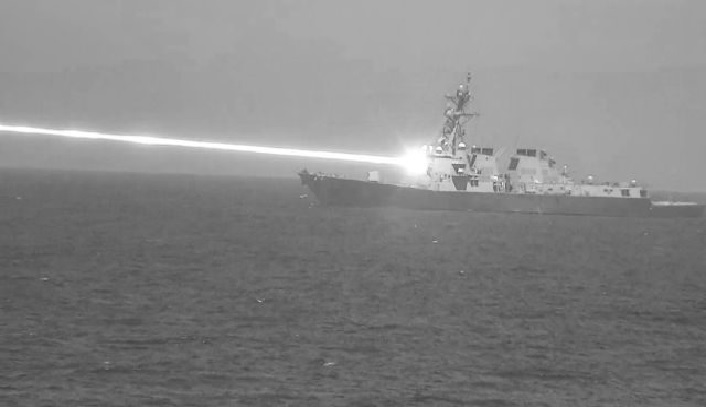Russian X-101 Cruise Missile Spotted Using Flare Decoys in Viral Video: A Step Up in Electronic Warfare

Defense News ,Ukraine & Russia War :- In a recently surfaced video from the latest series of Russian attacks on Ukraine, there is purported evidence of a Kh-101 air-launched cruise missile engaging in deceptive maneuvers. The footage suggests the missile deployed flares, assumed to be radio frequency countermeasures, known as chaffs, a feature added to its arsenal since the beginning of 2023. The discovery of this upgrade was made through the examination of wreckage photos of Kh-101 missiles, revealing the presence of countermeasure dispensers.
Should the authenticity of this video be confirmed, it would mark the first visual documentation of the Kh-101 utilizing such countermeasures. The mechanism controlling these countermeasures remains uncertain, with speculation that they could be linked to a radar warning receiver or a similar sensor, although no photographic evidence supports this. An alternative hypothesis is a pre-programmed release of chaff/flares at specific intervals or waypoints.
The Kh-101, a relatively recent addition to the long-range cruise missile category, bears similarities to the U.S. Tomahawk family. It gained prominence during Russian Tu-95 and Tu-160 bomber strikes in Syria in 2016 and 2017. A Tu-95 bomber can carry eight Kh-101 cruise missiles, while a Tu-160 can accommodate twelve.
With an effective combat range of 2,790-3,000 miles (approximately 4,500+ kilometers), the Kh-101 is versatile, capable of carrying various warheads tailored to specific targets. Notably, the missile boasts low-observable ("stealth") features and can adjust its targeting mid-flight. Employing a combination of inertial guidance and satellite navigation through the Russian GLONASS system, complemented by an opto-electronic flight correction system, the Kh-101 is recognized for its reported accuracy of "within 10 meters."



